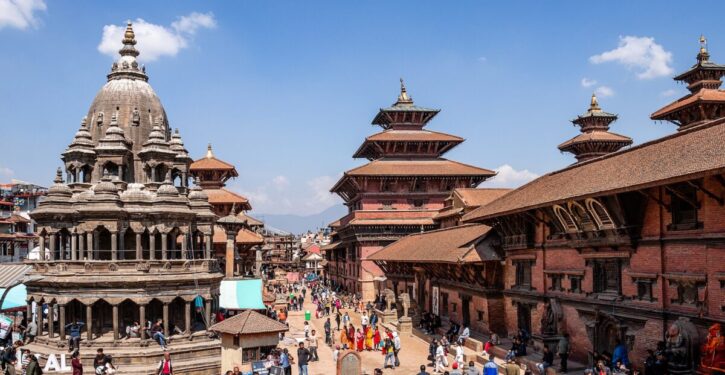
Nepal is one of the world’s more remote and backward nations, yet its citizens now have access to electricity. 91.4% of all households in Nepal now have access to electricity, as do 97.5% of all municipalities. That is true even though Nepal is 78% rural, and many of its people live in mountainous or hilly areas.
However, Malukhubar English reports on the “growing imbalance between electricity supply and demand” in Nepal, where
excess power is wasted during the rainy season due to low consumption, while the dry season experiences power shortages that cannot be fully met.
“The coming days will pose greater challenges in managing this imbalance,” Electricity Director Shakya warned….Nepal will have a surplus of 2,648 MW in the rainy season of fiscal year 2082/83, and 3,316 MW in 2083/84, all of which will need to be exported.
However, during the dry seasons of those years, the country is expected to face deficits of 791 MW and 728 MW respectively, requiring electricity imports. Shakya admitted that electricity imports cannot be completely eliminated in the near future. “At the current pace, it will take a few more years before imports can be phased out,” he said.
To ensure long-term energy security and sustainability, Shakya emphasized the need to invest in semi-reservoir, reservoir-based, and pumped-storage hydroelectric projects, as well as battery energy storage systems.
Nepal is famous for containing the world’s tallest mountain — Mount Everest — and for supposedly having the world’s lowest IQ, 42 IQ.
In reality, the average IQ in Nepal, while below 100, is probably at least 77. As one Nepalese person lamented, “The average IQ of Nepal is 77. That is borderline mental retardation, even a gorilla has an IQ of 75-95. Are we Nepalis dumber than a gorilla?” (Actually, gorillas do not have 75-95 IQ. If they did, they could learn to read and write, which virtually no gorillas can do).
“Nepal is home to eight of the 14 highest mountains in the world. The Himalayan mountain range extends across the country from the eastern edge to the western edge.”
Because it is broken up by tall mountains, it is hard to connect Nepalese people with things like electricity and internet. In 2023, “only 18% of Nepalese children and youth” had “internet access and computers,” while “only 3% of children and youth in rural areas with access to computers and the internet.”
Nepal also lacks the massive surplus of hydroelectric power than the nearby nation of Bhutan has. Bhutan, which also contains the Himalayan mountains, produces so much hydroelectric power that it exports lots of it to neighboring India. “The highest point in Bhutan is Gangkhar Puensum, which has the distinction of being the highest unclimbed mountain in the world, at 7,570 metres (24,840 ft).”
Nepal ranks 146th out of 193 countries on the Human Development Index.



